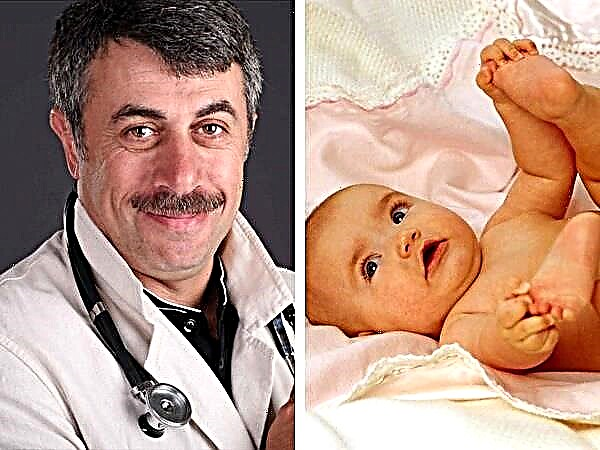Immediately after your baby is born, family life is filled with new experiences. For young parents, caring for a newborn in the early days is an unfamiliar and rather difficult business. From the first days of a baby's life, an incredible number of questions appear! One of the first questions for young mothers is how to properly handle the umbilical wound in newborn babies so as not to harm.
The umbilical wound in newborns is formed as a result of the falling off of the umbilical cord on the 3-5th day of life.

How is the umbilical wound formed
When the baby is born, the umbilical cord is fixed with a clamp and tied tightly near the future navel. Then the umbilical cord is cut off: the doctor makes an incision between the clamp and the dressing site. As a result, a small area of the umbilical cord remains, which subsequently dries up and falls off on its own. In the place of separation of the umbilical cord, the so-called umbilical wound appears.
How to properly handle and care for the wound
What you need to have to treat the umbilical wound:
- Cotton buds;
- Pipette;
- Sterile gauze wipes;
- Hydrogen peroxide (3% solution);
- Zelenka (1% alcohol solution of brilliant green);
First aid kit for a child - complete list
Step by step processing:
- Processing must be done after bathing the child.

- Before handling the navel, you should thoroughly wash your hands.
- A cotton swab dipped in hydrogen peroxide (concentration 3%) removes the discharge from the wound and lubricates its entire surface.
- If there is a lot of discharge and the stick is impregnated with it, then a new stick is taken for further processing.
- If there are residues of hydrogen peroxide in the wound, then they are removed with a clean, dry cotton swab.
- At the final stage, the wound is smeared with brilliant green.
If you notice discharge from the wound or redness of the skin around it, then the treatment of the wound should be carried out 2 times a day (morning and evening), you also need to notify the visiting nurse or doctor about this.
Hygiene of a newborn with an unhealed umbilical wound
Until the wound has healed, it is necessary to prevent possible contact of the navel skin with bacteria. To prevent infection from entering the wound, the following measures are taken to treat the wound:
- Bathing a newborn with an umbilical wound in boiled water;

- A solution of potassium permanganate is added to the bathing water until a pale pink color is reached (in what water to bathe a newborn baby);
- Chamomile, string and nettle have anti-inflammatory properties (bathing in herbs);
- Change of undershirts and diapers (sliders) must be done several times a day, even if you use diapers and baby's clothes are dry;
- The umbilical wound should not be covered with a diaper, and there should be no bandages on it;
- After washing and drying, all the baby's linen is ironed with an iron on both sides (how long does it take to iron a diaper for a newborn);
- The umbilical wound is treated on a clean diaper.
But if your newborn baby has a belly button bleeding, then read the article
What should parents do with a long-term healing weeping umbilical wound in a newborn? Should I see a doctor? How to care for and treat an umbilical wound - tips, tricks, video
When does the umbilical wound heal?

Subject to hygienic recommendations and the rules for treating the wound, the healing of the navel occurs no later than after 2 weeks (10-14 days) after birth. It is worth noting that in the first few days after discharge from the hospital, the child is observed by a visiting nurse from the clinic. She can demonstrate how to treat the wound if the hospital staff did not do this.





